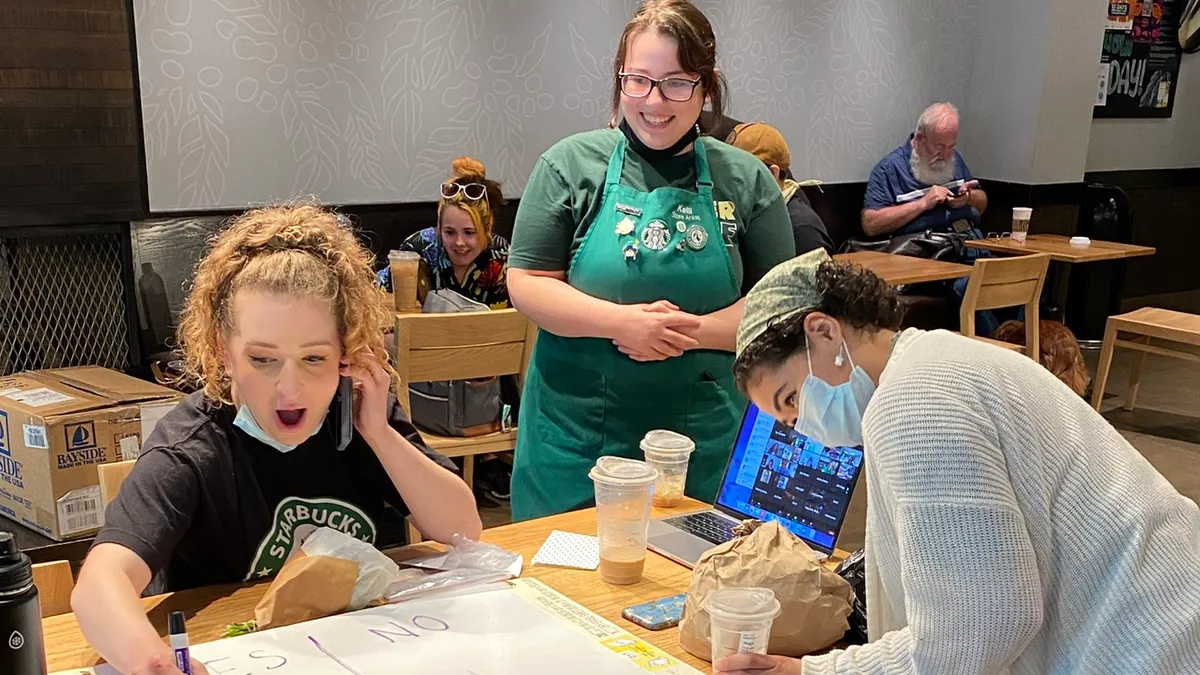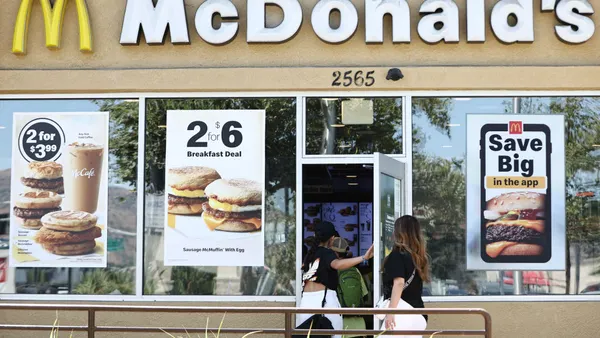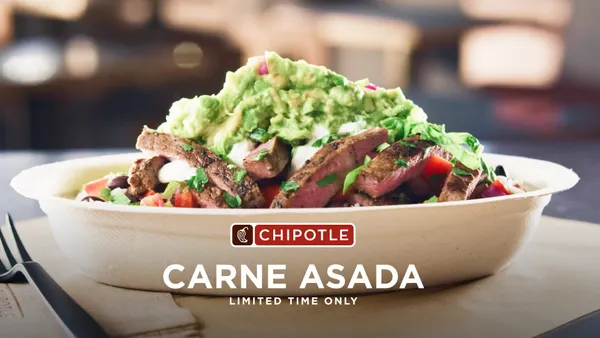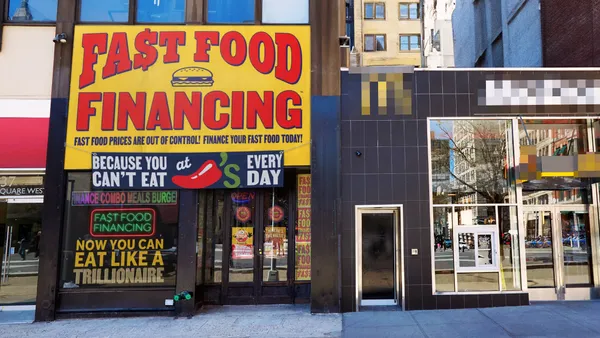Welcome to the “experience economy” where consumers are more focused on “doing” than “having.” Diners are not only interested in a well-crafted plate, but they're also looking for memorable experiences.
“Hospitality experiences are about much more than just a location’s ambience, service, or even the menu,” says Jennifer Rinkel, who works as a Team Lead in Account Management at Tock. Tock's comprehensive reservation platform provides restaurants with all of the tools they need to bring their space to life, turning an ordinary table or that coveted corner spot at the bar into an experience. Think wine tastings, holiday dinners, culinary tours, or classes. “We believe restaurants should rethink the concept of ‘experience’ and consider it a unique value-add for diners that's different from everyday service,” Rinkel says.
How do experiences help drive traffic and profits?
An experience enables a restaurant to interact with guests in a different way other than just ordering off the menu, explains Rinkel. The secret ingredient is choosing a concept that resonates with your clientele and stays true to your brand.
Curated experiences can be an important component of your restaurant business plan — and they don’t have to be complicated to implement. Think of experiences as a way to drive profits, showcase your brand and connect with guests, whether they are first-time or repeat diners.
For established restaurants, introducing different types of experiences helps keep things fresh for regular patrons. “Often they’ve already tasted — and loved! — your classic dishes, so an experience offers a chance to interact with a favorite restaurant in a different capacity,” says Rinkel.
Best practices for creating an experience
Eager to see how an experience can help boost your bookings and showcase your brand? Here are some ways to help streamline the process of creating and managing an experience.
1. Pick an accessible and on-brand theme
Some occasions naturally lend themselves to experiences — the holiday season, Valentine’s Day and other traditional celebrations, but don’t ignore smaller opportunities, like a popular sporting event or televised award show.
Beyond holidays or special occasions, think about what you already have to offer — a special table, great wines, an open kitchen, or a notable talent on your team. Create an experience centered around what you do best.
2. Start early
Give yourself ample time to create, market and sell your experience. Rinkel recommends listing your experience four to six weeks in advance. This seems to be the sweet spot for restaurants on Tock which can help you to sell out.
3. Make the booking process seamless
Don’t make guests hunt around on your webpage; create a direct link that can be used in all your restaurant marketing materials to drive traffic right to the booking page. Tock can streamline the process so visitors will land on a dedicated experience page. Rinkel explains, “Through Tock, you can update the dashboard, so they’ll see the experience description, the menu and anything else you want to showcase.” You can also customize the emails and texts you’re sending to your guests, so they are unique to each experience.
4. Optimize automation
Hosting an experience can seem like a daunting prospect, especially when many restaurants are already facing labor shortages. However, you don’t need a dedicated events staff to pull off a successful experience. Rely on automation to offload as many behind-the-scenes details as you can, so you can devote your time and efforts to running your restaurant.
Tock’s all-in-one platform automates various functions so you can:
-
Showcase everything you have to offer in one place, including everyday reservations, events and experiences.
-
Automate communications with guests, including booking confirmations and reminder text messages.
-
Collect upfront payment, e.g., prepayment, a deposit or a credit card hold, to help eliminate no-shows for an experience.
-
Capture guest preferences and details that can be used to offer better hospitality.
5. Market, market, market
Prioritizing guest outreach is key. Tock’s Guests Group feature makes segmenting your audience easy. First, focus on those who you know will love the experience. Then, you can extend the outreach — making use of your own social media accounts, as well as paid opportunities, using a variety of restaurant marketing channels to broadcast the link far and wide.
6. Start small and grow
Remember that experiences can be a matter of trial-and-error. “It’s definitely not a one-size-fits-all endeavor,” Rinkel notes. Tock’s latest feature, Multi-Experience Tables, makes it possible for restaurants to test the waters with a new experience and maximize what sells best by assigning multiple experiences and free reservations to a single table. This ensures that tables are booked while gauging demand for what is most popular.
The best part about experiences is that they allow you to mitigate risk, Rinkel adds. “Since you know how many people are reserving in advance, you can adjust your ordering and staffing accordingly,” she says.
Experience the taste of success
Rinkel says her team is excited to see how experiences are becoming one of the most popular restaurant trends to really move the needle for Tock’s customers. “In today’s fluctuating economy, it offers a way to future-proof your restaurant operations. Hosting experiences alongside your standard reservations provides ancillary revenue and helps you move away from balancing on traditional, razor-thin margins.”
Want to find out more about creating experiences? Head to Tock for inspiration: Explore here.










